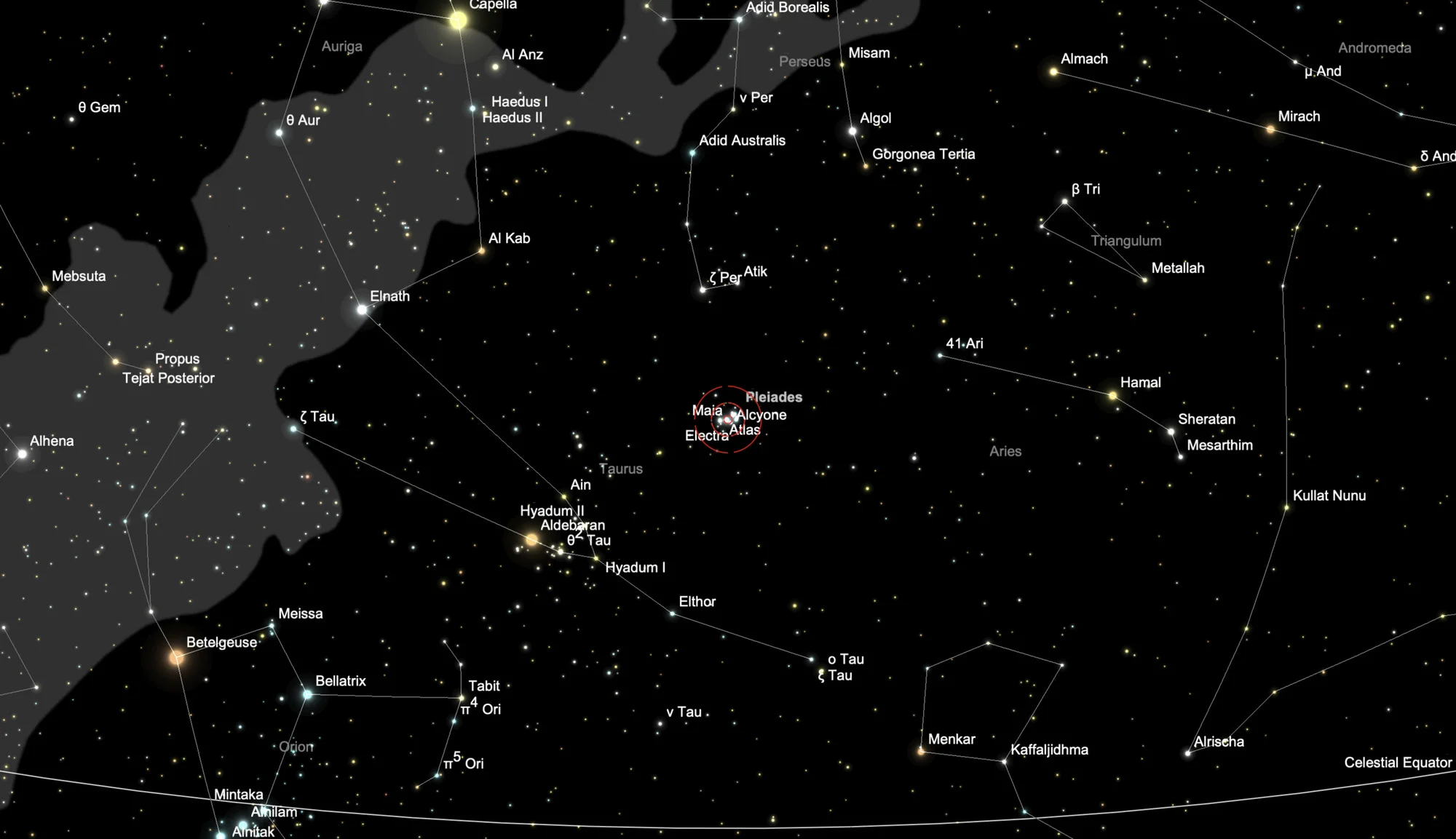Pleiades (Messier 45)
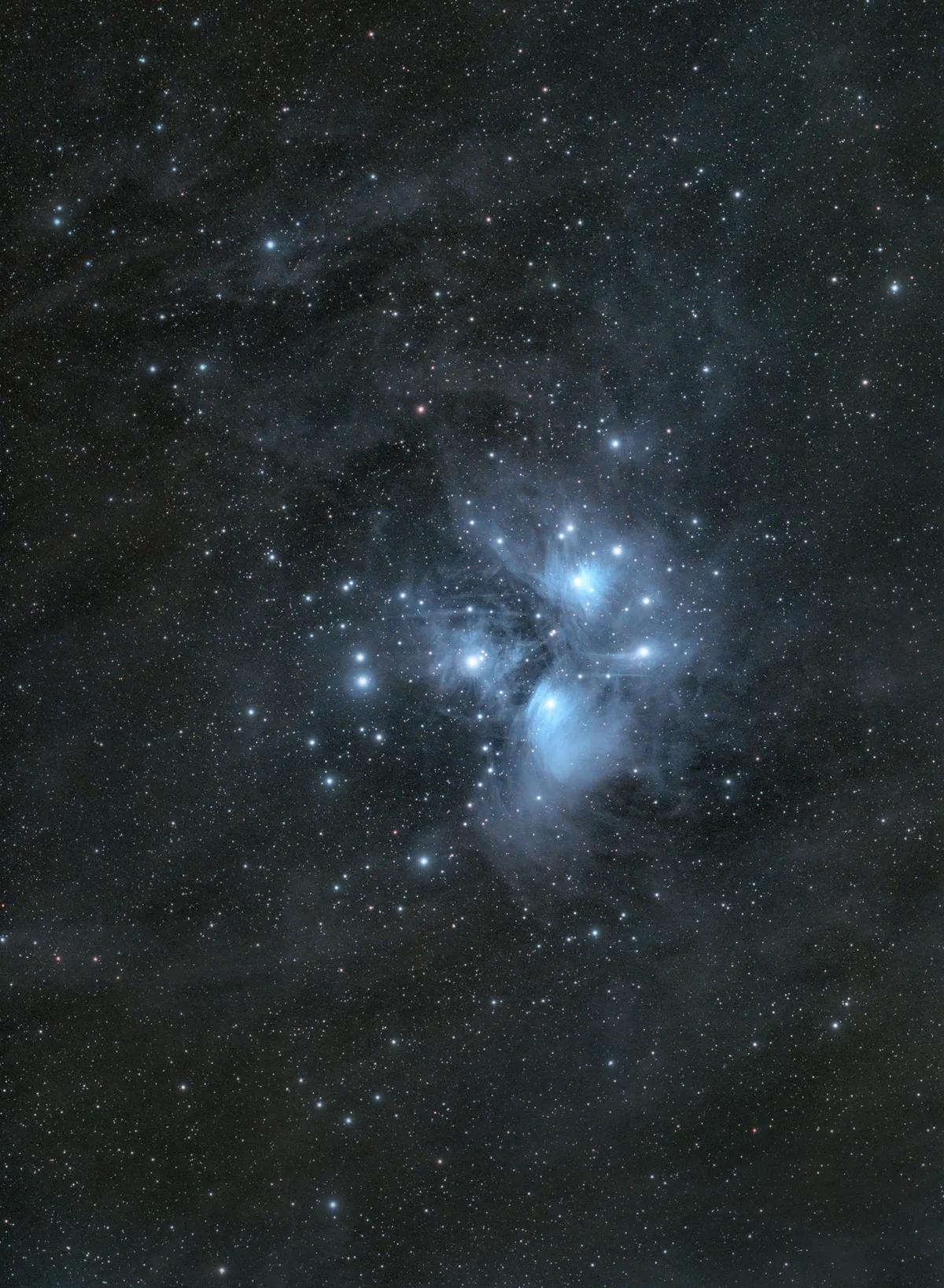
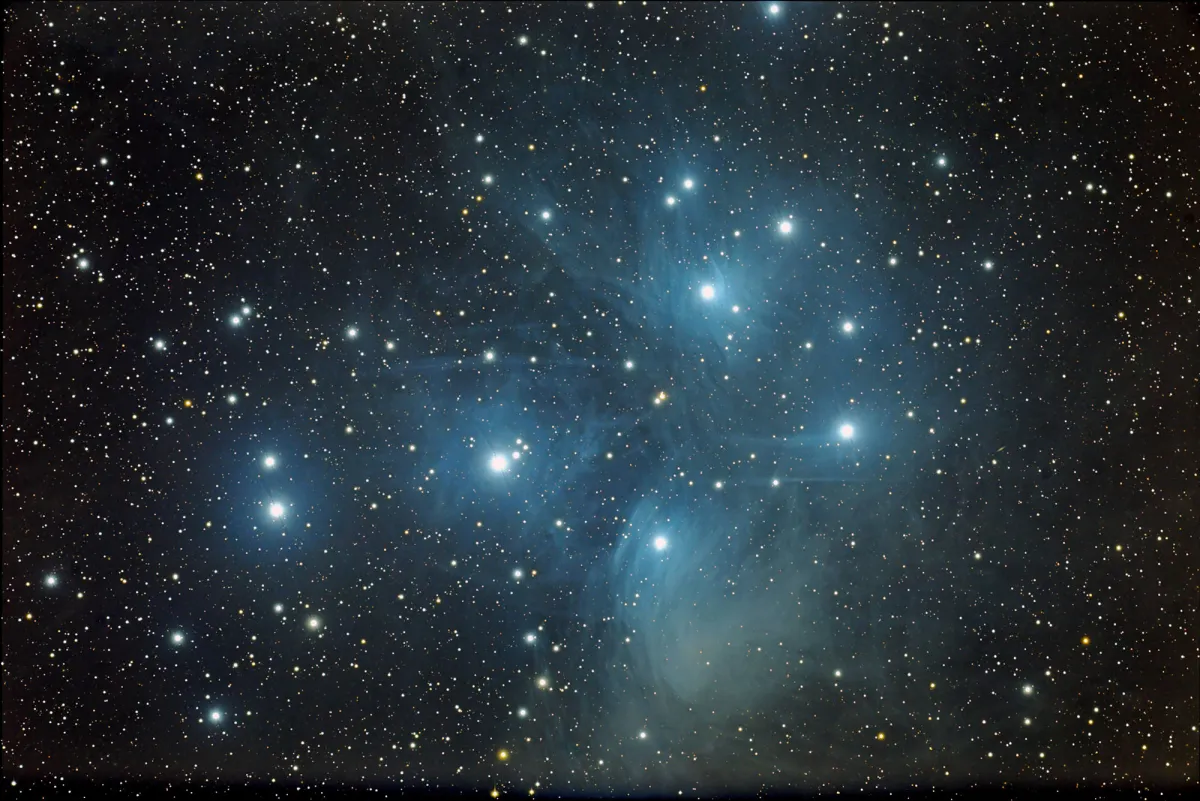
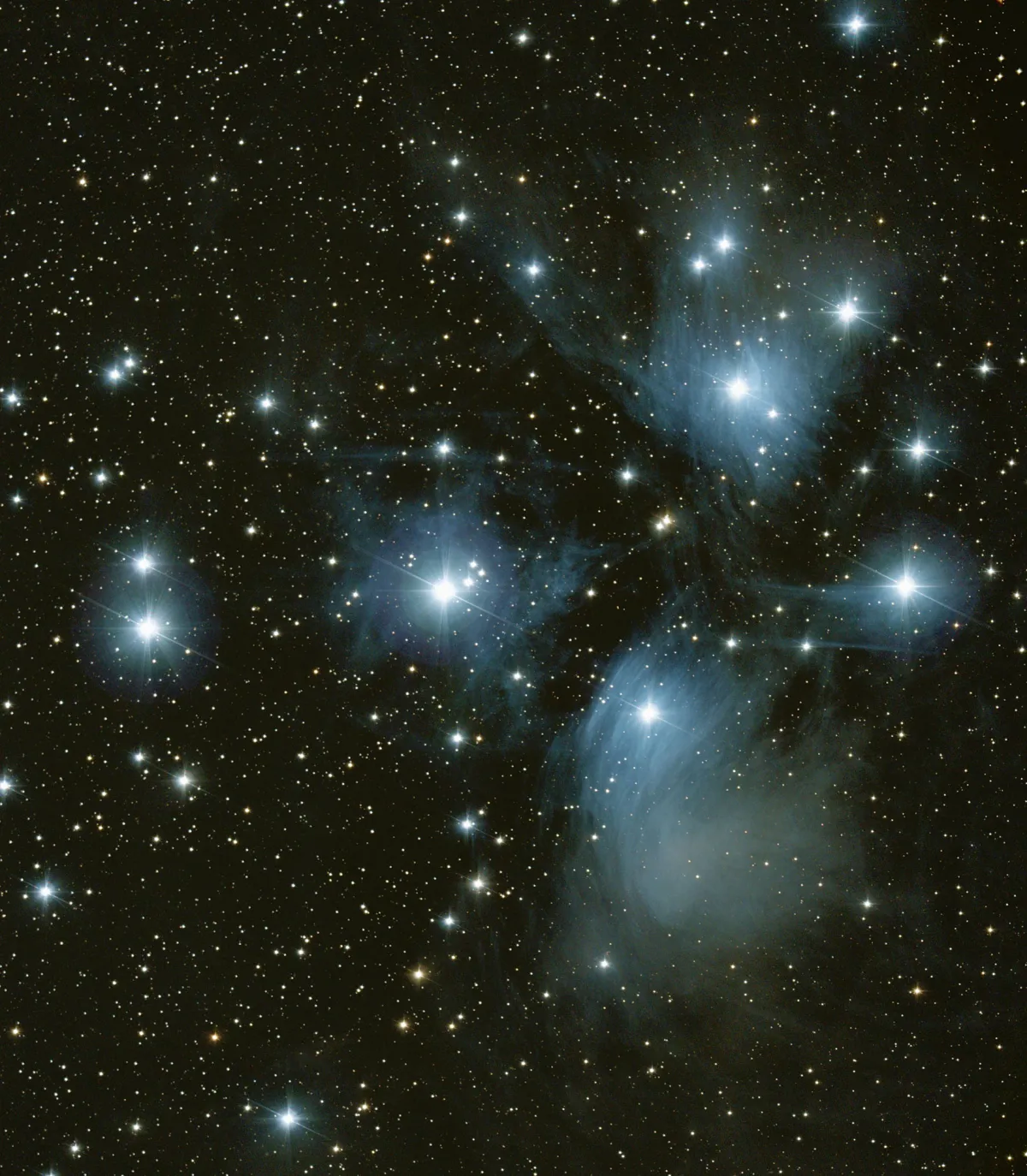
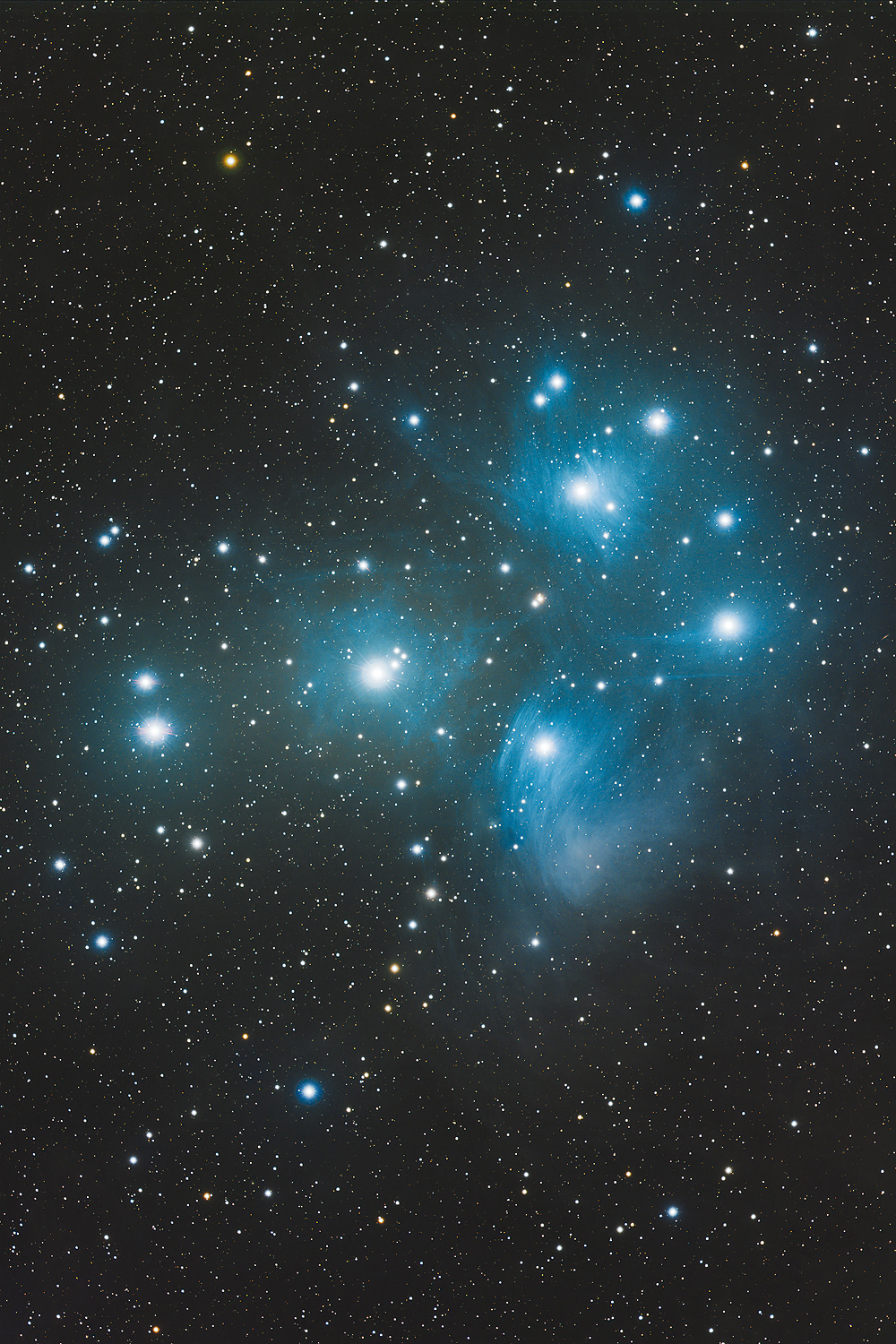
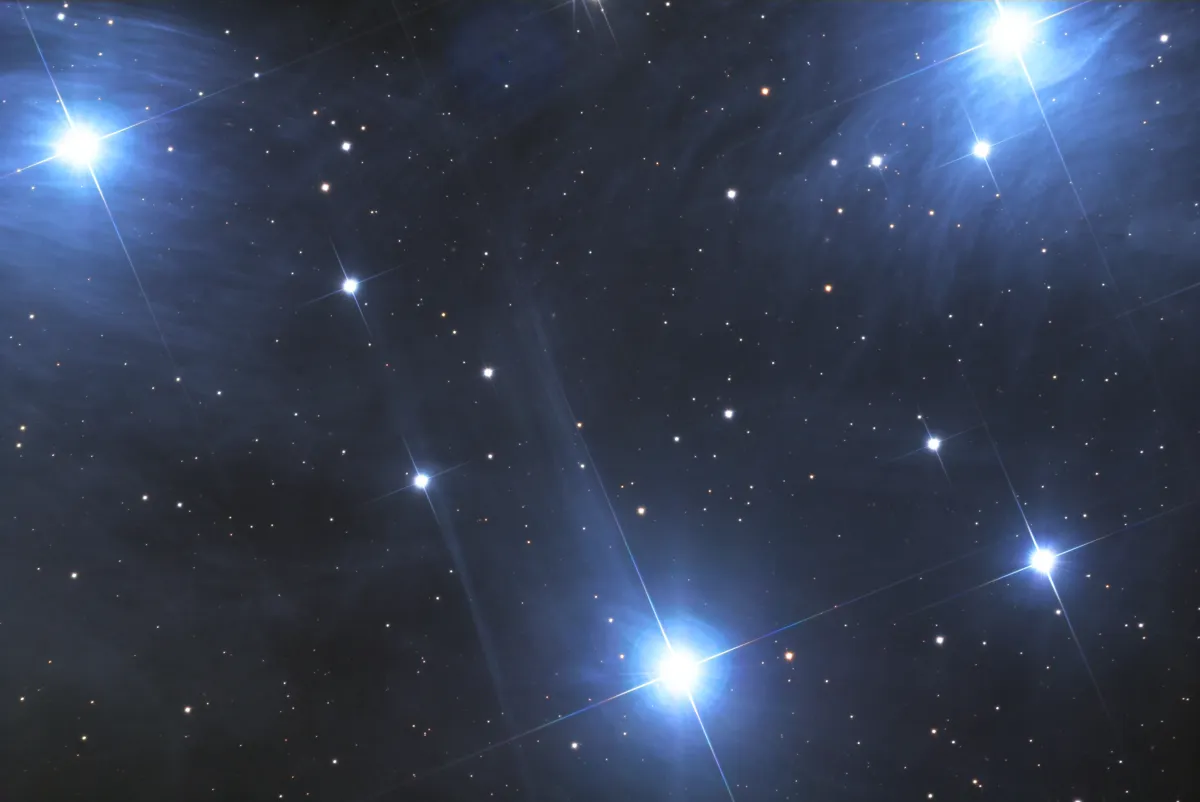
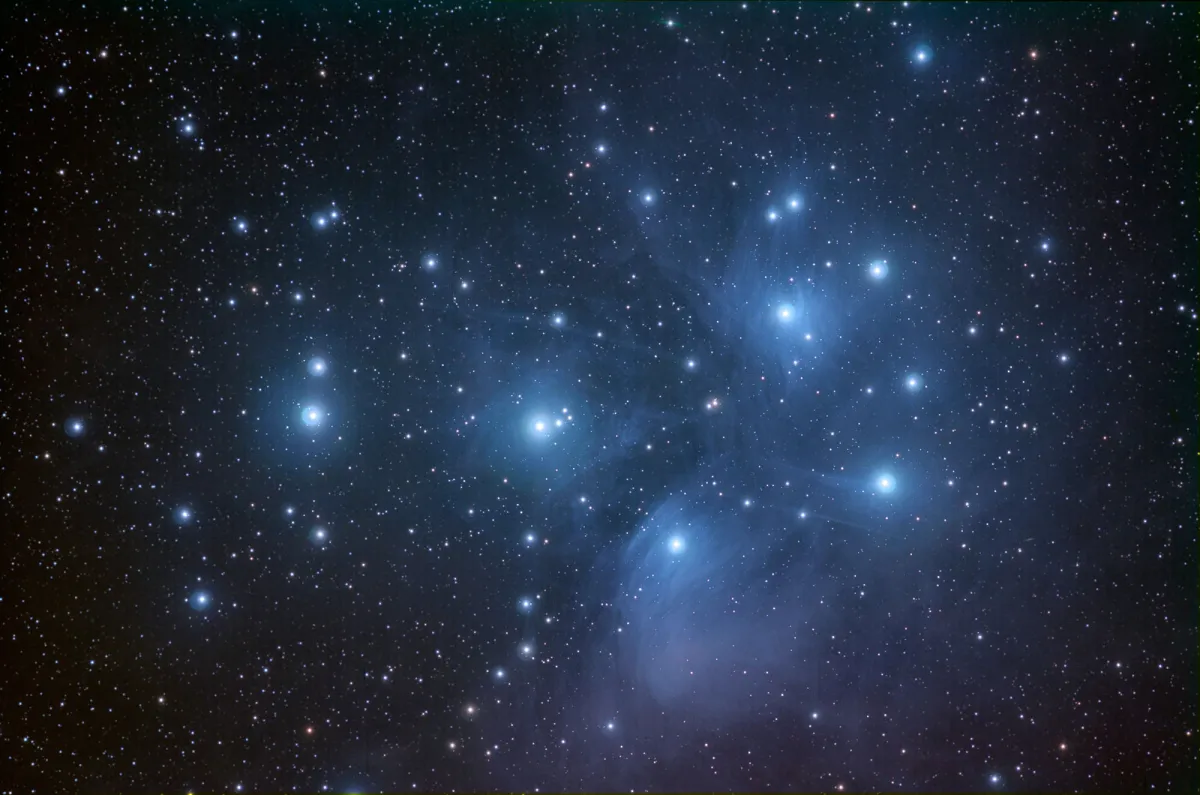
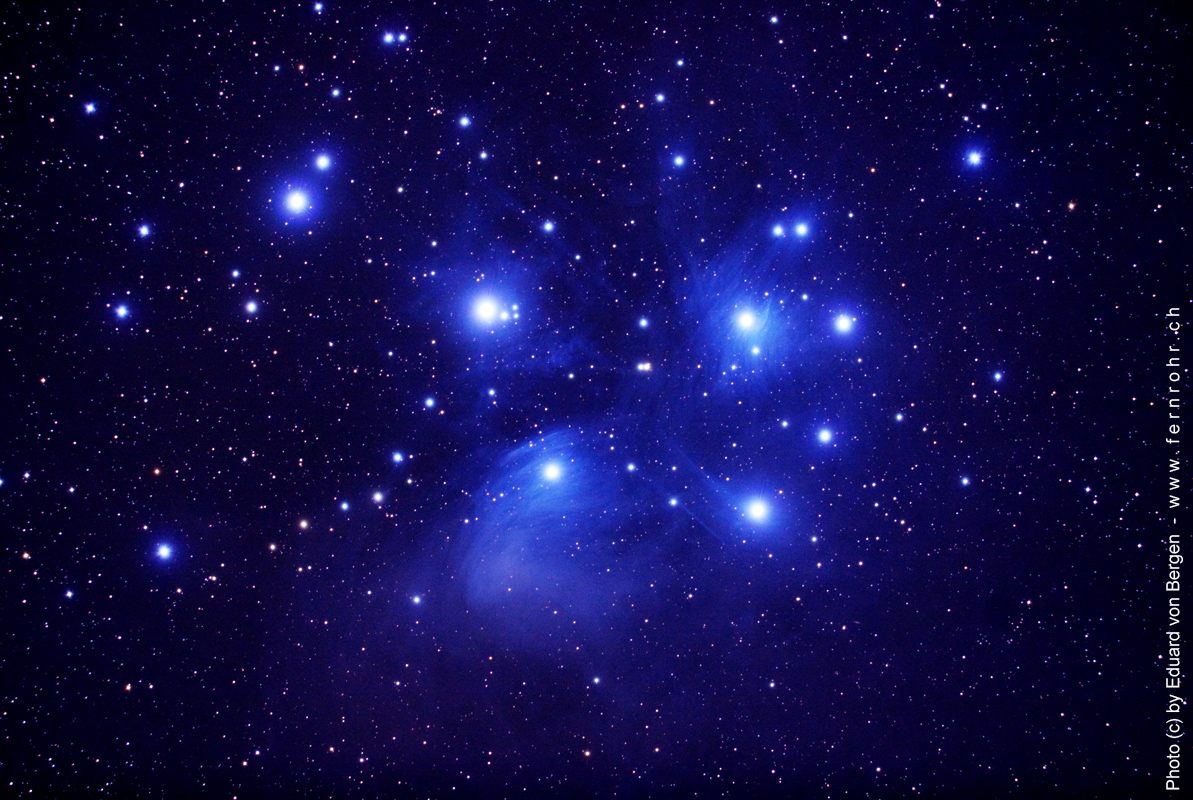
History
The Pleiades are the closest to us and therefore the largest appearing galactic star cluster. The six, seven or sometimes more stars visible to the naked eye have been known since the Stone Age. One of the earliest depictions is a cave painting in the «Hall of the Bulls» in the Lascaux cave in France: six points above the neck of an aurochs, estimated age 21'000 to 22'000 years. Also worth mentioning is a representation on the «Nebra Sky Disc», a bronze disc found in Germany from around 1600 BC. Chr. [266]
The star cluster, also known as the «seven stars», has found its way into numerous myths. The best known comes from Greek mythology. The brightest stars are named after the seven daughters of Pleione, the wife of the heavens-bearing titan Atlas: Alkyone, Asterope, Celaeno, Elektra, Maia, Merope and Taygete. They were loved and persecuted by Orion, but never matched. To this day he hurries through the sky night after night without ever catching up with her. [20]
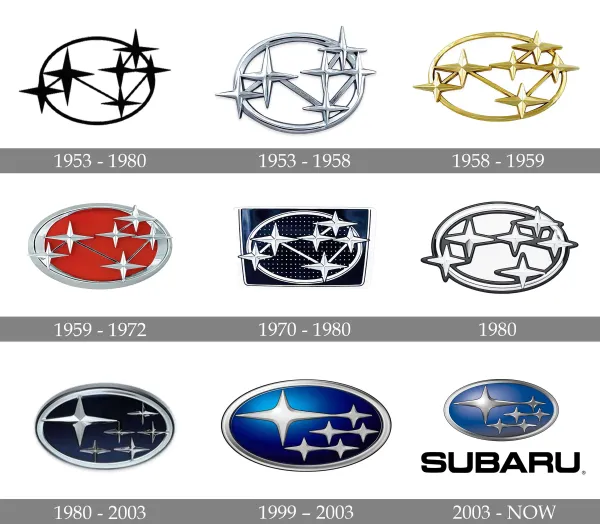
Charles Messier added this famous open cluster on 4 March 1769 as 45th object to his famous catalogue. [281] On 19 October 1859 the German astronomer Ernst Wilhelm Leberecht Tempel discovered a nebula (NGC 1435) around the star Merope using his private 4 inch refractor in Venice. On 16 November 1885 the two French brothers Paul and Mathieu Henry found on a plate taken on November 16, 1885 with the 13 inch (f/10) photographic refractor at Paris Observatory another faint nebula around the star Maia, which later was cataloged as NGC 1432. On 14 November 1890 the American astronomer Edward Emerson Barnard noticed on a plate taken with the 36 inch Clark refractor at Lick Observatory another small nebula at 36 arc seconds distance at position 165° from the star Merope, later known as IC 349. In May 1896 the Russian astronomer Vsevolod Viktorovich Stratonov found IC 1990, a very large, much elongated pretty faint nebula of 15 arc minutes lenght. [277]
The formation looks a bit like a miniature version of the Big Dipper in the constellation Ursa Maior and also Ursa Minor, which is why the cluster has been nicknamed «gummy bear» by Swiss amateur astronomers. South of the star 25 Tauri (Alcyone) is a chain of six stars nicknamed «Ally's braid» (the flowing locks of Lady Alcyone) by amateur astronomer and musician Stephen Saber. [561]
Physical Properties
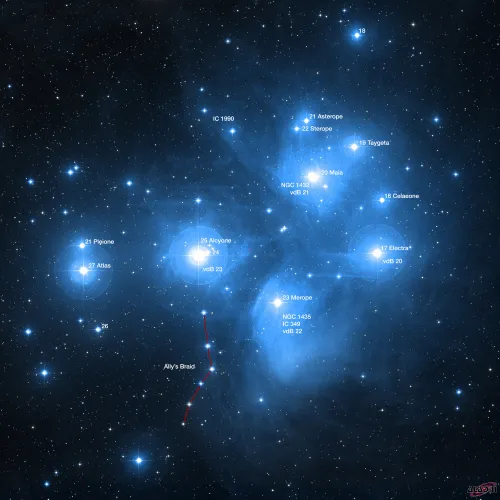
The star cluster M 45 is about 410 light years away and has at least 250 stars whose affiliation has been confirmed. There are probably many more. The age is estimated to be 20 million years. [4] The star Pleione is a variable whose brightness changes at irregular intervals from 4.83 to 5.38 mag. The whole cluster covers around 2°, about four times the full moon diameter. The nine brightest stars are of type B and enveloped in several reflection nebulae. They focus on an area of just over 1°.
| Name | RA | Dec | Type | Dim | MD | Dreyer Description | Identification, Remarks |
|---|---|---|---|---|---|---|---|
| NGC 1432 | 03 45 49.5 | +24 22 06 | RN | 26 × 26 | 0.136 | eF, vL, dif (Maja Plejadum) | LBN 772; Maia nebula |
| NGC 1435 | 03 46 10.0 | +23 45 54 | RN | 30 × 30 | 0.136 | vF, vL, dif (Merope) | GC 768; CED 19I; Merope nebula |
| IC 349 | 03 46 20.0 | +23 56 23 | RN | 0.5 × 0.5 | 0.135 | eF, vS, Pos. 165°, Dist. 36" from Merope | CED 19I; Barnard's Merope nebula |
| IC 1990 | 03 47 13.8 | +24 20 02 | EN | vL, mE pf, 15' l | CED 19M |
Finder Chart
M 45 is located in the constellation Taurus between the bull's head and the constellation Perseus. The best observation time for this is July to April.
Visual Observation
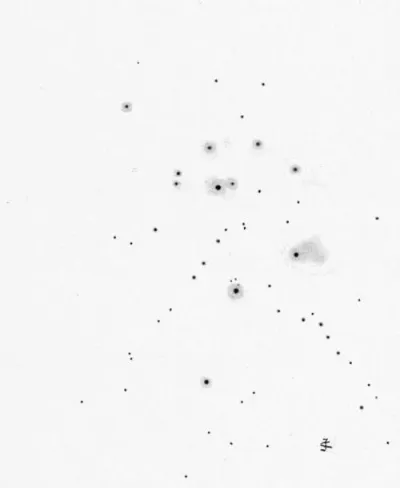
The Pleiades are probably the most conspicuous open star cluster in the night sky. To the naked eye, six to nine stars can be seen, depending on the quality of the sky and the eyes. In binoculars or smaller telescopes they turn out to be a feast for the eyes made of sparkling jewels. With increasing aperture (e.g. from 100 mm), the delicate reflection nebulae also become visible.
